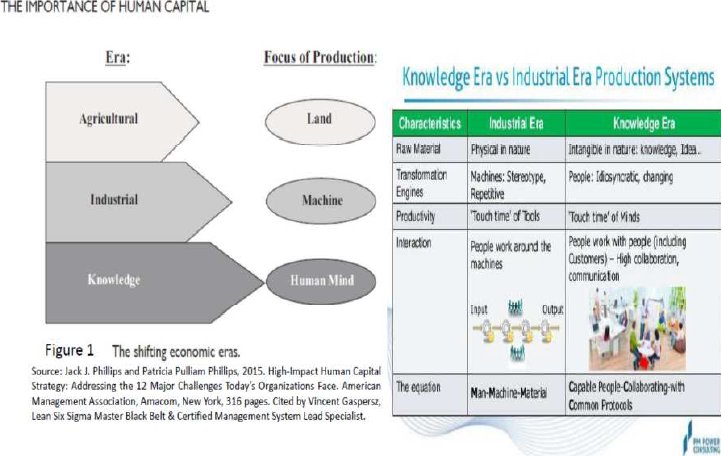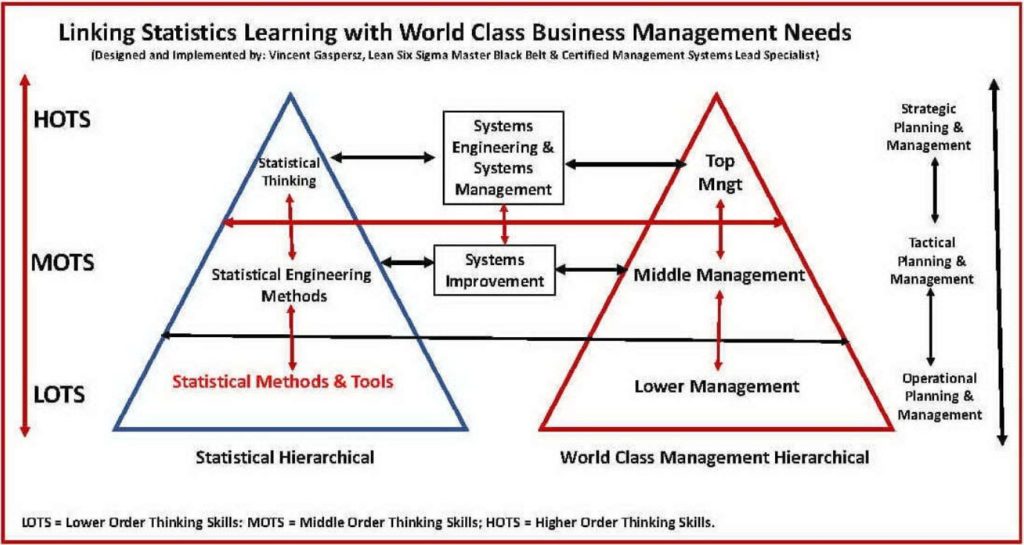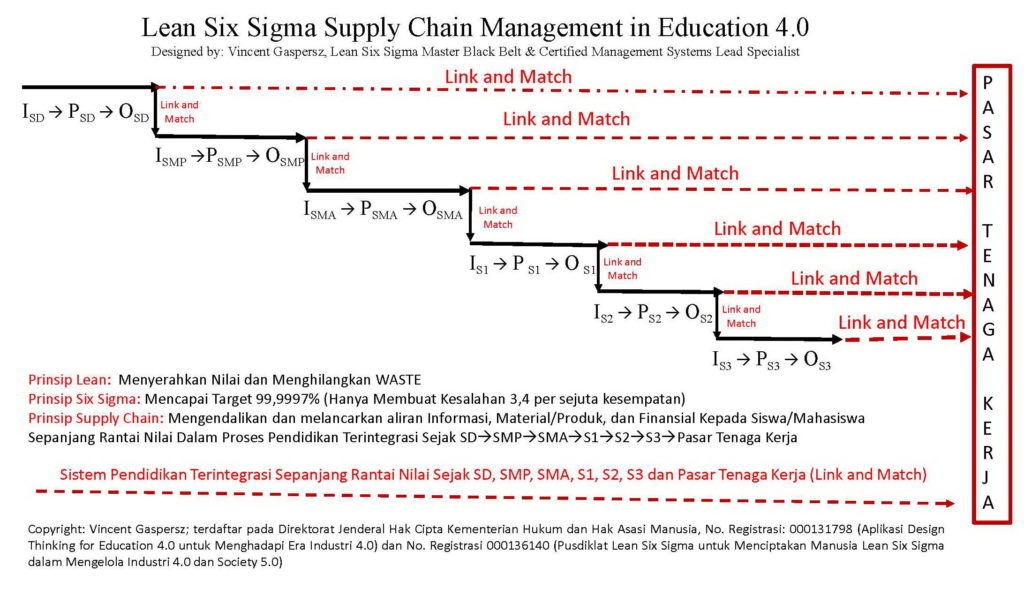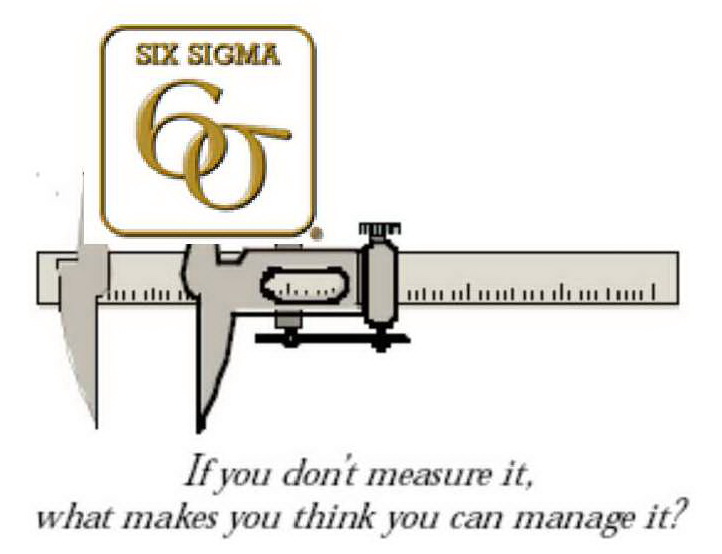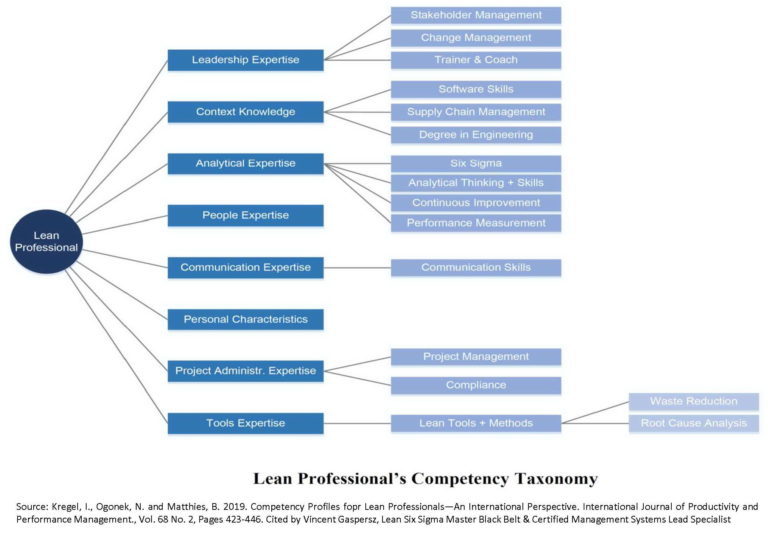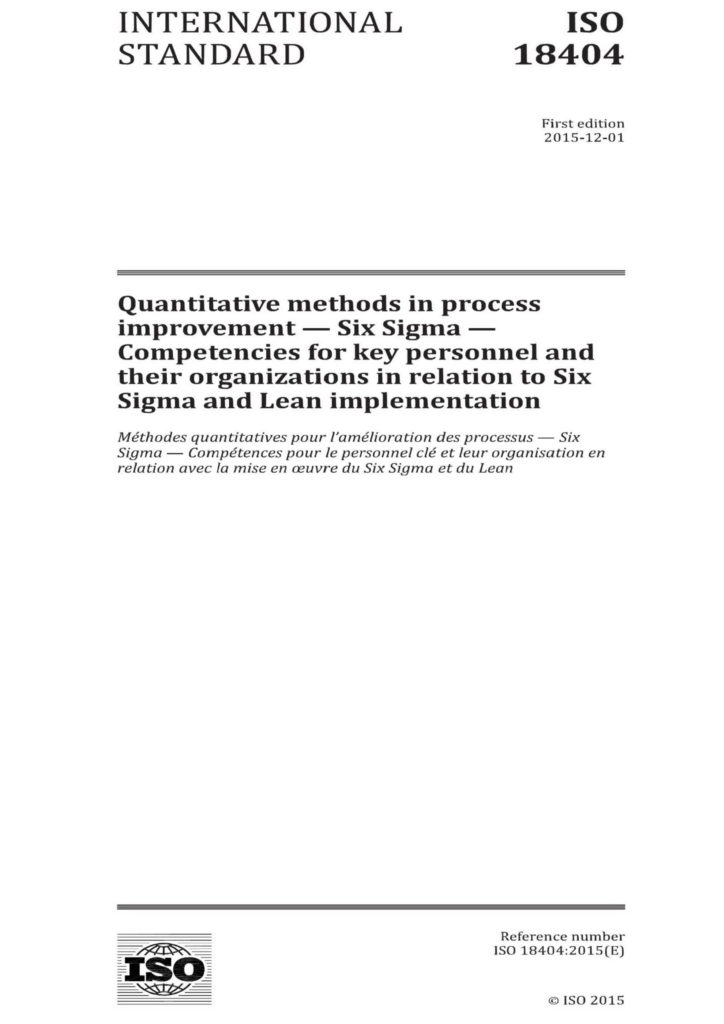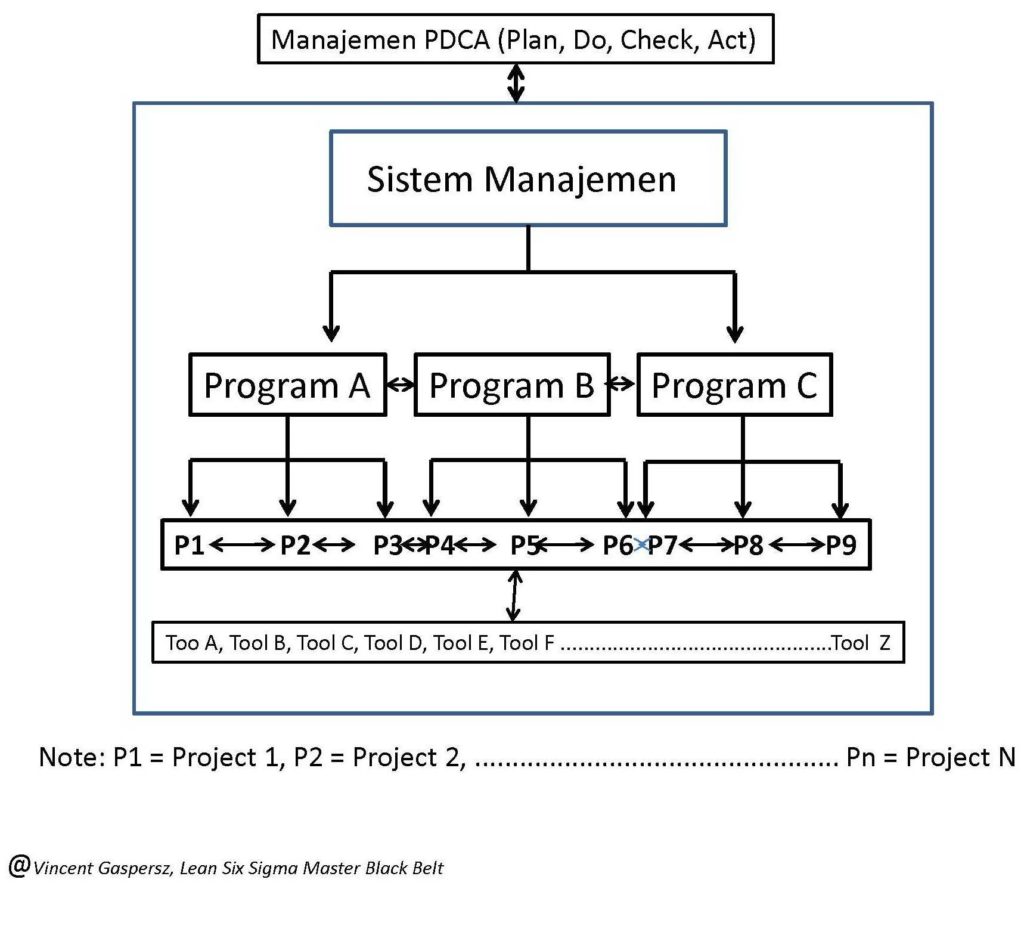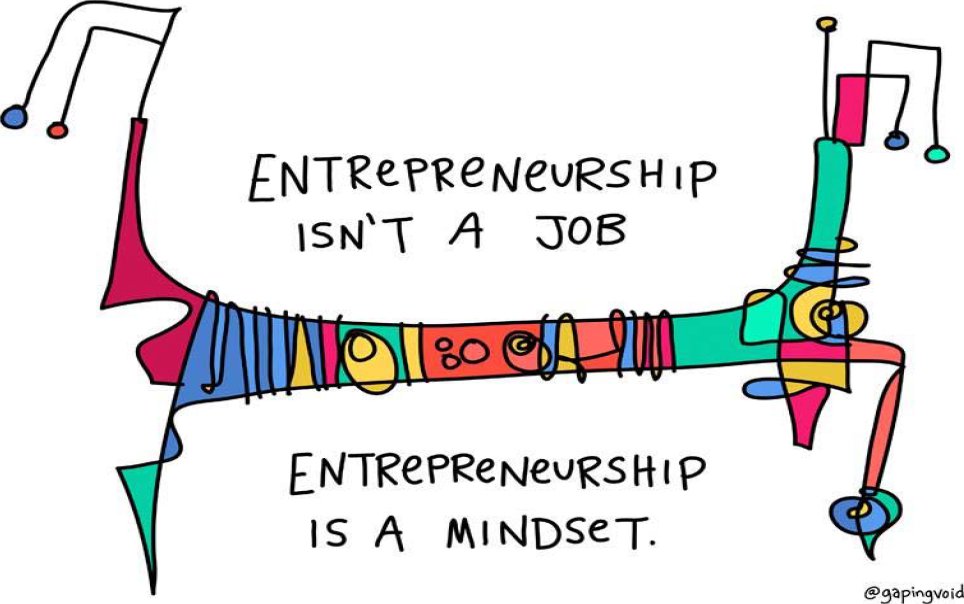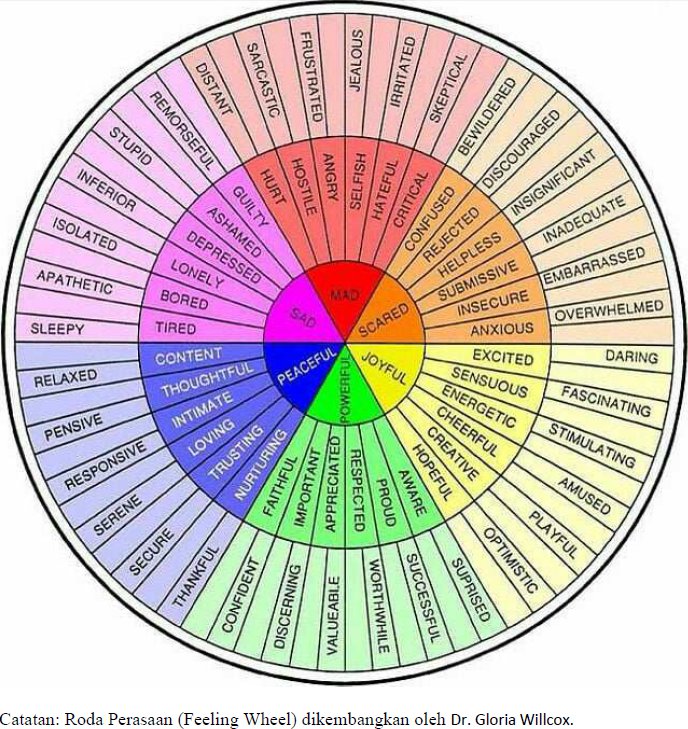-
Bahasa Indonesia
-
English
Oleh: Vincent Gaspersz,
Lean Six Sigma Master Black Belt & Certified Management System Lead Specialist
- American Production and Inventory Control Society (www.apics.org) Certified in Production and Inventory Management (CPIM), Certified Fellow in Production and Inventory Management (CFPIM) and Certified Supply Chain Professional (CSCP);
- American Society for Quality (www.asq.org) Certified Manager of Quality/Organizational Excellence (CMQ/OE), Certified Quality Engineer (CQE), Certified Quality Auditor (CQA), Certified Quality Improvement Associate (CQIA), and Certified Six Sigma Black Belt;
- International Quality Federation (www.iqf.org) Certified Six Sigma Master Black Belt (CSSMBB);
- Registration Accreditation Board (www.exemplarglobal.org) Certified Management System Auditor (CMSA), Certified Management System Practitioneer (CMSP), Certified Management System Specialist (CMSS), and Certified Management System Lead Specialist (CMSLS).
Perkembangan pesat dalam manajemen industri terutama aplikasi yang mendunia dari Lean Six Sigma, Theory of Constraints, Total Productivity/Profitability Management (TPM), ISO Management Systems, dll mengharuskan manajemen sumber daya manusia juga ikut berubah dan menyesuaikan dengan kebutuhan bisnis dan industri modern yang menerapkan management systems tersebut.
Perubahan pesat dalam manajemen sumber daya manusia (human resources management) berlandaskan pada pemikiran baru tentang perusahaan bisnis dan industri yang beroperasi dalam “Knowledge Era” sekarang ini. Perbedaan Industrial Era dengan Knowledge Era ditunjukan dalam Bagan 1 di atas.
Pemikiran baru dalam manajemen modern berbasiskan pendekatan system memandang perusahaan industri sebagai sistem terbuka (open system) terdiri dari beberapa elemen berikut (lihat Bagan 2):
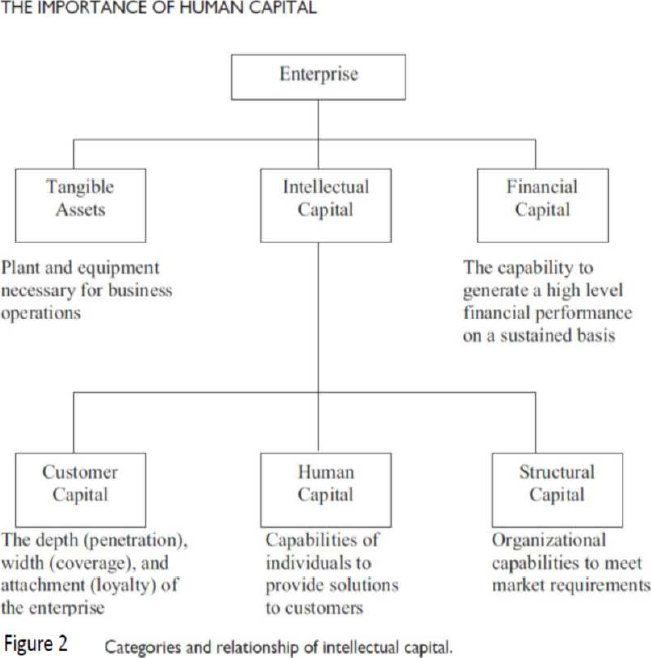
- Tangible Assets: yaitu pabrik dan peralatan untuk operasional bisnis
- Financial Capital: yaitu kemampuan untuk menghasilkan kinerja finansial yang baik untuk menunjang keberlanjutan bisnis
- Intellectual Capital yang terdiri dari tiga elemen yang saling berintegrasi satu sama lain, yaitu:
- Customer Capital, yang HARUS dilayani dan ditingkatkan terus-menerus kepuasannya agar menciptakan tingkat loyalitas yang tinggi bagi perusahaan;
- Human Capital, berupa kemampuan (kompetensi) individu untuk memberikan solusi kepada pelanggan (customer capital); dan
- Structural Capital, berupa kemampuan (kompetensi) organisasi untuk memenuhi kebutuhan pasar (market needs and requirements).
Berlandaskan pada konsep perusahaan bisnis dan industri sebagai system terbuka beserta elemen-elemen system di atas, maka TELAH terjadi perubahan signifikan dalam paradigma pengembangan sumber daya manusia, di mana paradigma baru adalah “Result-based Programming” (lihat Bagan 3) yang memiliki karakteristik berikut:
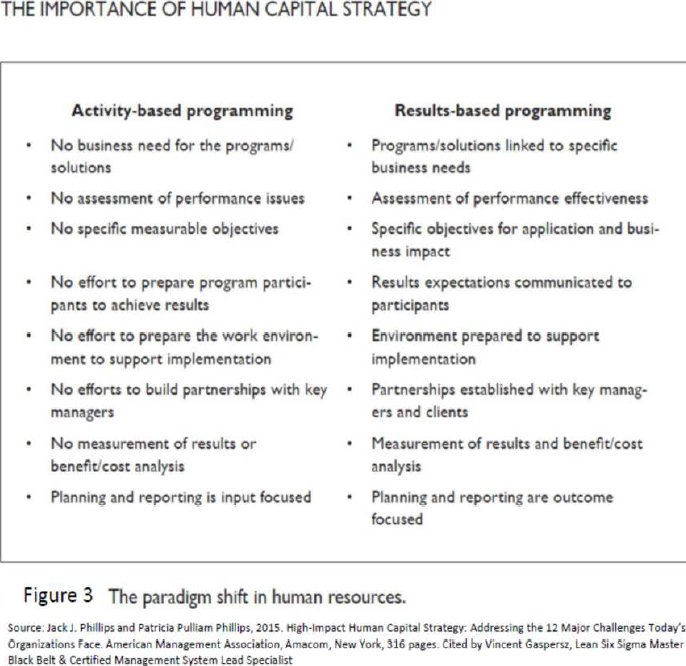
- Program-program atau solusi yang ditawarkan HARUS terkait dengan kebutuhan nyata dari bisnis dan industri.
- Penilaian berbasis efektivitas kinerja.
- Tujuan-tujuan spesifik untuk aplikasi dan harus berdampak signifikan pada bisnis dan industri.
- Ekspektasi hasil-hasil dikomunikasikan kepada seluruh karyawan (partisipan).
- Lingkungan dalam perusahaan disiapkan untuk mendukung implementasi sistem-sistem manajemen.
- Kemitraan (partnership) ditetapkan dengan manajer-manajer inti dan pelanggan.
- Pengukuran hasil-hasil kinerja dan analisis biaya/manfaat (cost/benefit analysis).
- Perencanaan dan pelaporan berfokus pada outcome.
Berdasarkan uraian di atas, maka terdapat 10 keterampilan terbaru yang paling relevan yang dibutuhkan dunia bisnis dan industri dalam “Knowledge Era” sekarang ini (Machado, 2017), yaitu:
- Planning and organization
- Problem-Solving
- Adaptability
- Creativity and innovation
- ICT (Information and Communication Technology)
- Leadership
- Teamwork
- Oral Communication
- Interpersonal relationship
- Motivation/Personal drive
Mudah-mudahan informasi di atas akan membantu kita untuk cepat (suka atau tidak suka, rela atau tidak rela) berubah agar bisa berkompetisi dalam “knowledge era” sekarang ini.
Salam SUCCESS.
Referensi:
- Carolina Machado, 2017. Competencies and (Global) Talent Management., Springer International Publishing, Switzerland, 153 pages.
- Jack J. Phillips and Patricia Pullim Phillips, 2015. High-Impact Human Capital Strategy: Addressing the 12 Major Challenges Today’s Organizations Face. American Management Association, Amacom, New York, 316 pages
New Paradigm in Human Resource Management and Human Capital Strategy
By: Vincent Gaspersz,
Lean Six Sigma Master Black Belt & Certified Management System Lead Specialist
- American Production and Inventory Control Society (www.apics.org) Certified in Production and Inventory Management (CPIM), Certified Fellow in Production and Inventory Management (CFPIM) and Certified Supply Chain Professional (CSCP);
- American Society for Quality (www.asq.org) Certified Manager of Quality/Organizational Excellence (CMQ/OE), Certified Quality Engineer (CQE), Certified Quality Auditor (CQA), Certified Quality Improvement Associate (CQIA), and Certified Six Sigma Black Belt;
- International Quality Federation (www.iqf.org) Certified Six Sigma Master Black Belt (CSSMBB);
- Registration Accreditation Board (www.exemplarglobal.org) Certified Management System Auditor (CMSA), Certified Management System Practitioneer (CMSP), Certified Management System Specialist (CMSS), and Certified Management System Lead Specialist (CMSLS).
The rapid development in industrial management, especially in the global application of Lean Six Sigma, Theory of Constraints, Total Productivity/Profitability Management (TPM), ISO Management Systems, etc., requires human resource management to also change and adapt to the needs of modern businesses and industries that implement those Management systems.
The rapid change in human resource management is based on the new thinking about business and industry companies operating in the current “Knowledge Era”. The differences between Industrial Era and Knowledge Era is shown in Figure 1 above.
The new thinking in modern management based on systems approach views industrial companies as open systems consisting of the following elements (see Figure 2):

- Tangible Assets: namely factories and equipment for business operations
- Financial Capital: namely the ability to produce good financial performance to support business sustainability
- Intellectual Capital, which consists of three elements that integrate with each other, namely:
- Customer Capital, on which its satisfaction MUST be serviced and upgraded constantly in order to create a high level of loyalty to the company;
- Human Capital, in the form of an individual ability (competency) to give solution to a customer (customer capital); and
- Structural Capital, in the form of organization’s ability (competence) to meet market needs and requirements.
Based on the concept of businesses and industries as open systems and the elements of systems above, there has been a significant change in the paradigm of human resource development, where the new paradigm is “Result-based Programming” (see Figure 3), which has the following characteristics :

- Programs or solutions offered MUST be related to the real needs of businesses and industries.
- Assessment based on performance effectiveness.
- Specific objectives for the application and they should have significant impact on businesses and industries.
- Expected results are communicated to all employees (participants).
- Environment within the company is prepared to support the implementation of management systems.
- Partnership is established with core managers and customers.
- Measurements of performance results and cost/benefit analysis.
- Planning and reporting are focused on the outcomes.
Berdasarkan uraian di atas, maka terdapat 10 keterampilan terbaru yang paling relevan yang dibutuhkan dunia bisnia dan industri dalam “Knowledge Era” sekarang ini (Machado, 2017), yaitu:
Based on the above description, there are 10 most relevant new skills that are needed in the world of businesses and industries in this current “Knowledge Era” (Machado, 2017), namely:
- Planning and organization
- Problem-Solving
- Adaptability
- Creativity and innovation
- ICT (Information and Communication Technology)
- Leadership
- Teamwork
- Oral Communication
- Interpersonal relationship
- Motivation/Personal drive
Hopefully the above information will help us to quickly (like it or not, willingly or not) change in order to be able to compete in today’s “knowledge era”.
Best Regards for SUCCESS.
References:
- Carolina Machado, 2017. Competencies and (Global) Talent Management., Springer International Publishing, Switzerland, 153 pages.
- Jack J. Phillips and Patricia Pullim Phillips, 2015. High-Impact Human Capital Strategy: Addressing the 12 Major Challenges Today’s Organizations Face. American Management Association, Amacom, New York, 316 pages
